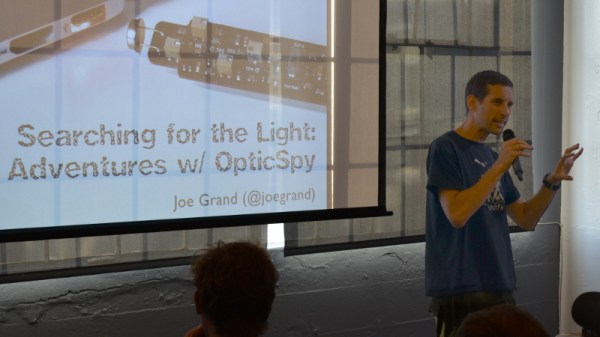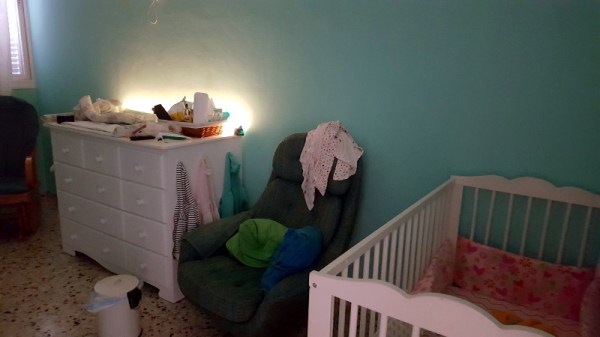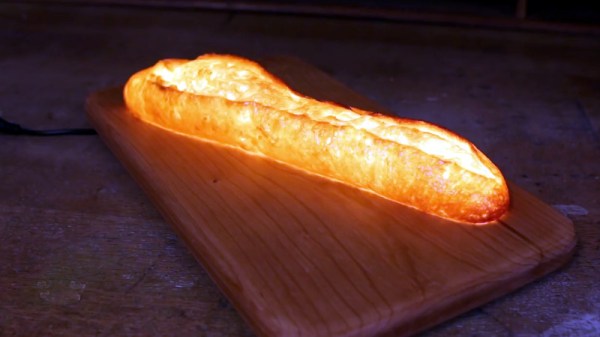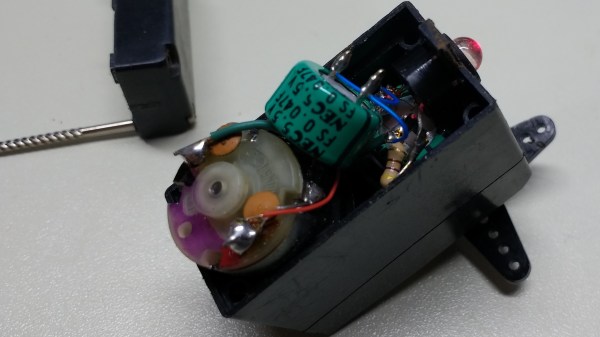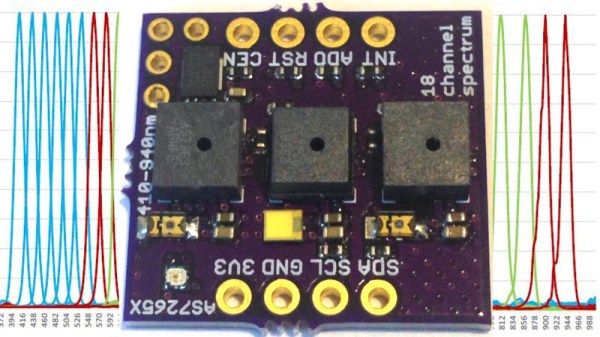The WS2812 addressable LED is a marvellous component. Any colour light you want, all under the control of your favourite microcontroller, and daisy-chainable to your heart’s content. Unsurprisingly they have become extremely popular, and can be found in a significant number of the project s you might read about in these pages.
A host of products have appeared containing WS2812s, among which Adafruit’s Neopixel rings are one of the more memorable. But they aren’t quite as cheap as [Hyperlon] would like, so the ever-resourceful hacker has created an alternative for the constructor of more limited means. It takes the form of a circular PCB that apes the Adafruit original, and it claims to deliver a Bill of Materials cost that is 85% cheaper.
In reality the Instructables tutorial linked above is as much about how to create a PCB and surface-mount solder as it is specific to the pixel ring, and many readers will already be familiar with those procedures. But we won’t rest until everyone out there has tried their hands at spinning their own PCB project, and this certainly proves that such an endeavour is not out of reach. Whether or not you pay for the convenience of the original or follow this lead is your own choice.
The real thing has been in so many projects it’s difficult to pick just one to link to. This Christmas tree is rather nice.

